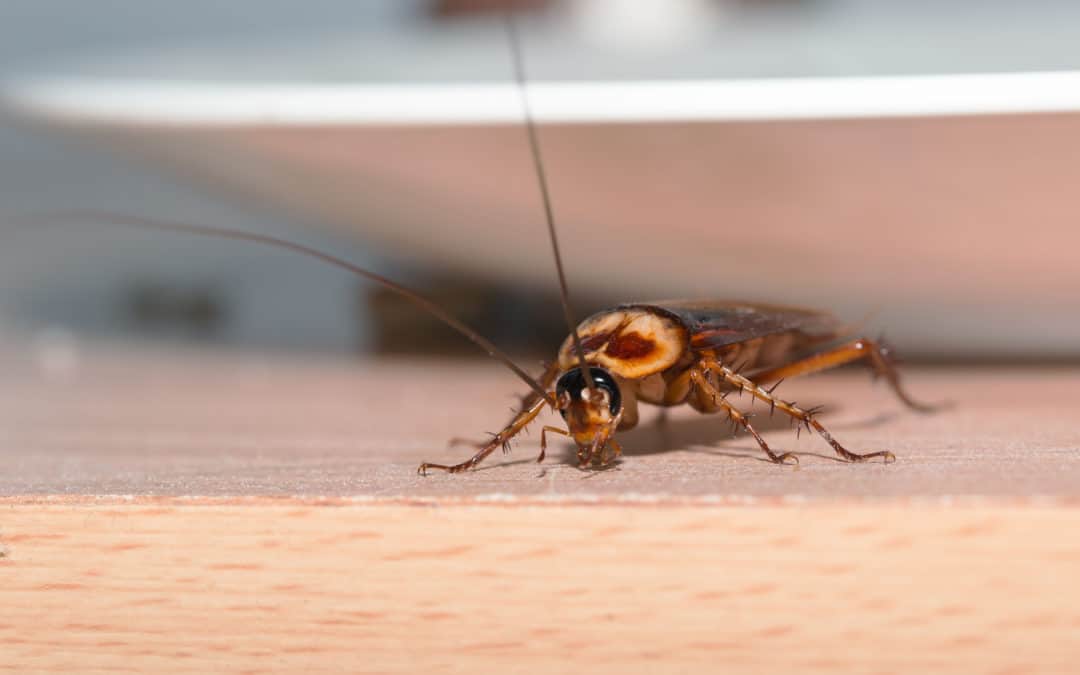READY TO GET STARTED?
REQUEST A FREE ESTIMATE
Fill out the form below or call (336) 226-1448 for a free, no-obligation estimate.

Cockroaches are attracted to food, water, and warm shelter, all of which can be found in your home. They can multiply quickly and adapt to just about any environment, which makes them extremely difficult to get rid of. Cockroaches are dangerous to humans as they’re known to carry and transmit serious diseases, trigger allergies and asthma, and contaminate food and surfaces in your home. In order to keep roaches out of your home, the goal is to make it as unattractive to them as possible. Below are 3 tips to help prevent roaches.
Roaches are attracted to dirt and filth because they provide a source of food for them. Keeping your home clean helps eliminate these food sources by making them go elsewhere in search of something to eat. Wash your dishes and put them away after meals, clean up any crumbs and spills, empty the garbage before going to bed, clean grease from your stovetop, and sweep, mop, and vacuum on a regular basis. Also, make sure you seal any leftover food in containers and don’t leave pet food out overnight.
The less clutter in your home, the less places roaches have to hide. Besides that, cockroaches love to breed in newspaper and cardboard. Keep your home as clutter free as possible. Make sure you dust regularly and use plastic storage bins instead of cardboard boxes when possible.
Roaches are able to squeeze through the tiniest of holes. They tend to get in through cracks around windows, doors, roofs, foundations, in attics and crawlspaces, and through vents and holes used for electric and plumbing. Inspect your home for any possible entry points and seal them up. For smaller holes you can seal with caulk, and with larger holes you can seal with steel wool or foam.
If you are overwhelmed and can’t get roaches away from your home, call your local pest control company. They can provide you with a thorough inspection to help identify what type of pest you’re dealing with, the most likely points of entry they’re using, and the most up-to-date treatment and prevention options available.